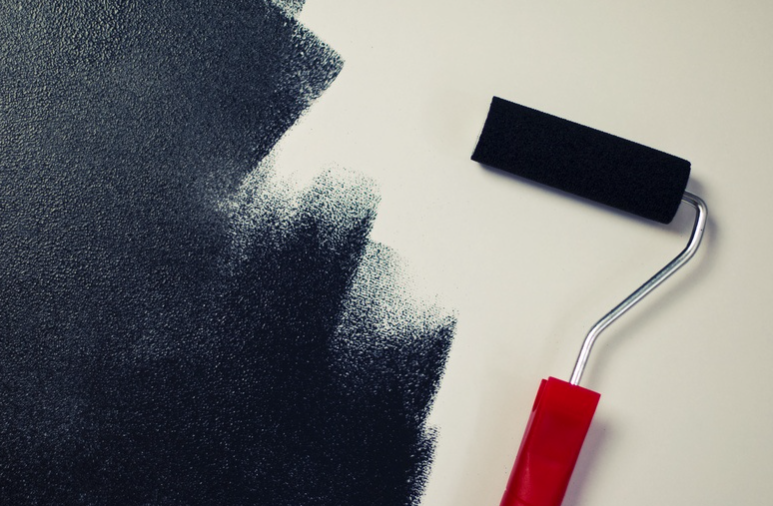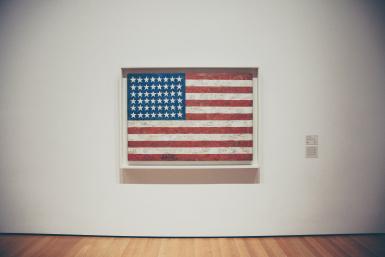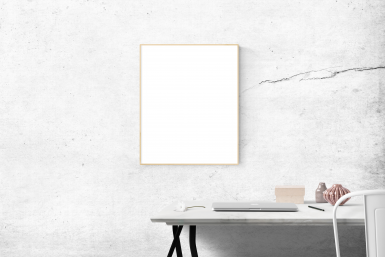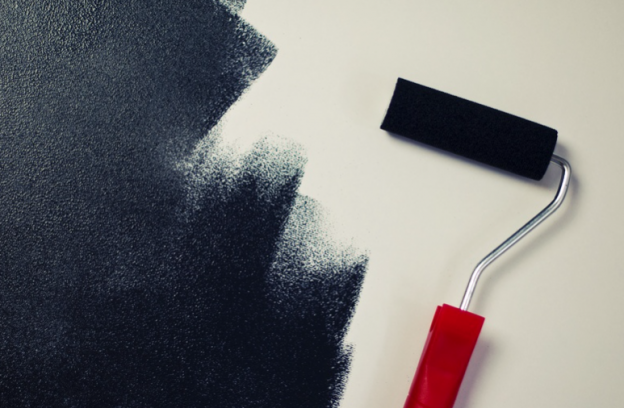
The Benefits of the Right Lacquer in Personalised Canvas Printing
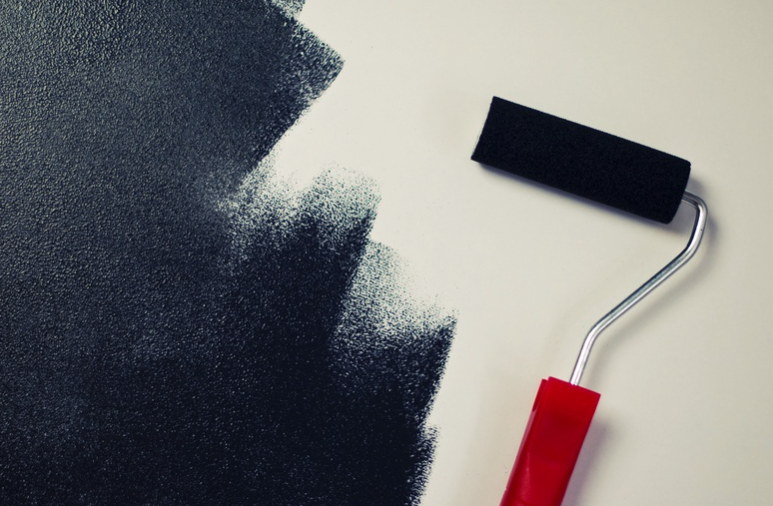
Canvas makes for a great material to use for paint or print artwork as it’s long-lasting, tough and also looks incredibly striking; however it does have some flaws. The main downfall with canvas is it can fade, especially if it’s constantly exposed to sunlight, and the photo can begin to crack or peel.
Here at Parrot Print we know that when it comes to personalised canvas printing, choosing the right finishing touches can be crucial. So, to make sure you don’t experience the flaws of canvas material, we’ve put together the different types of lacquer and their benefits to ensure that your canvas print lasts a lifetime.
What is lacquer?
Lacquer is a solvent-based product that is made by dissolving nitrocellulose with plasticisers and pigments in a mixture of volatile solvents. Lacquer also contains a combination of shellac and alcohol that creates a coating, which then forms a high gloss surface. Lacquer has a number of different types of finishes, each with its own set of advantages and disadvantages. Choosing a lacquer depends on certain factors such as; the piece being lacquered, your experience with applying lacquer, and the overall look you want for your print or artwork.
Urushiol-based Lacquers
Urushiol is an oily organic allergen found in plants and mangos. It’s a traditional form of lacquer and is derived from the sap of a tree that naturally occurs in China and Japan. The benefits of using this lacquer are it is highly resistant to water, alkali acid, and abrasion, and creates a very hard and durable finish. This type of lacquer is ideal if you’re wanting a sturdy canvas print to hang in your home and for it to survive any scuffs or spills.
This type of lacquer is unique as it’s slow-drying and water-based. This type of finish requires heat and humidity, as it needs oxidation and polymerisation, to properly set, as opposed to simply setting from evaporation like most lacquers do. Unless you have a home art studio, we advise you get in touch with a professional who can do this for you. You wouldn’t want to risk ruining your canvas print at the last step.
Nitrocellulose Lacquers
These lacquers are quick-drying, solvent-based finishes containing nitrocellulose, which is a highly flammable compound. This type of lacquer was extremely popular in the automotive industry because of its fast-drying aspect. Unlike canvas prints, they were also commonly used on wooden products and musical instruments. This lacquer is very easy to apply at home, so you could complete your canvas print with quickly and with ease. However, the major drawback is this solvent is hazardous, toxic, volatile, and flammable, so you have to be careful where you hang your print – not above the fire place, or in the kitchen!
Acrylic Lacquers
This acrylic synthetic polymer was developed in the 1950’s and is a water-based lacquer, which can be used straight onto a product’s surface. This lacquer is similar to nitrocellulose lacquers as it also offers a super fast drying time. This is an incredible benefit for those who want to finish their canvas print off as quick as possible, however it does contain toxins.
Unlike urushiol-based lacquers, which have passed the test of time, we’ve only had acrylic lacquers for 50 years, so there’s little evidence to suggest how long acrylic lacquers last for.
Water-based Lacquers
Due to health and environmental risks attached to solvent-based lacquers, less toxic water-based lacquers have been developed that produce incredible results. Water-based lacquers are a new generation of paint technology that provides enhanced water and chemical resistance. These types of lacquers dry extremely fast for rapid re-coating and instance results. They also illustrate superior performance compared to solvent-based lacquers, providing improved stack-times, hardness, and lacquer thinner resistance.
Overall, the benefit of using lacquers instead of varnishes are lacquers dry a lot faster, where as varnishes can take up to a month to dry. Which type of lacquer sounds like the ideal one for you? Have you used a different lacquer we haven’t mentioned? Share your thoughts and stories with us on Facebook and Twitter.

